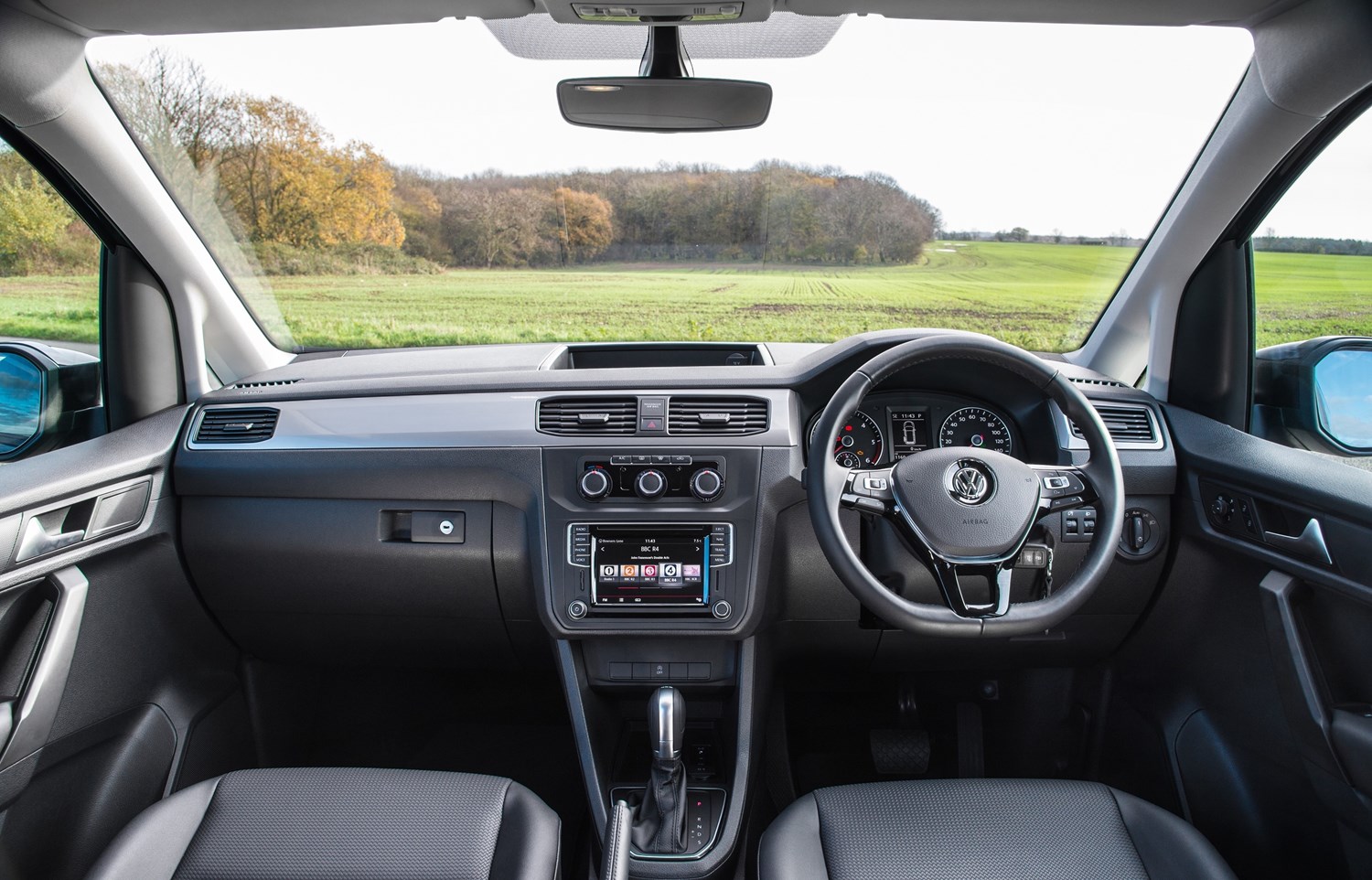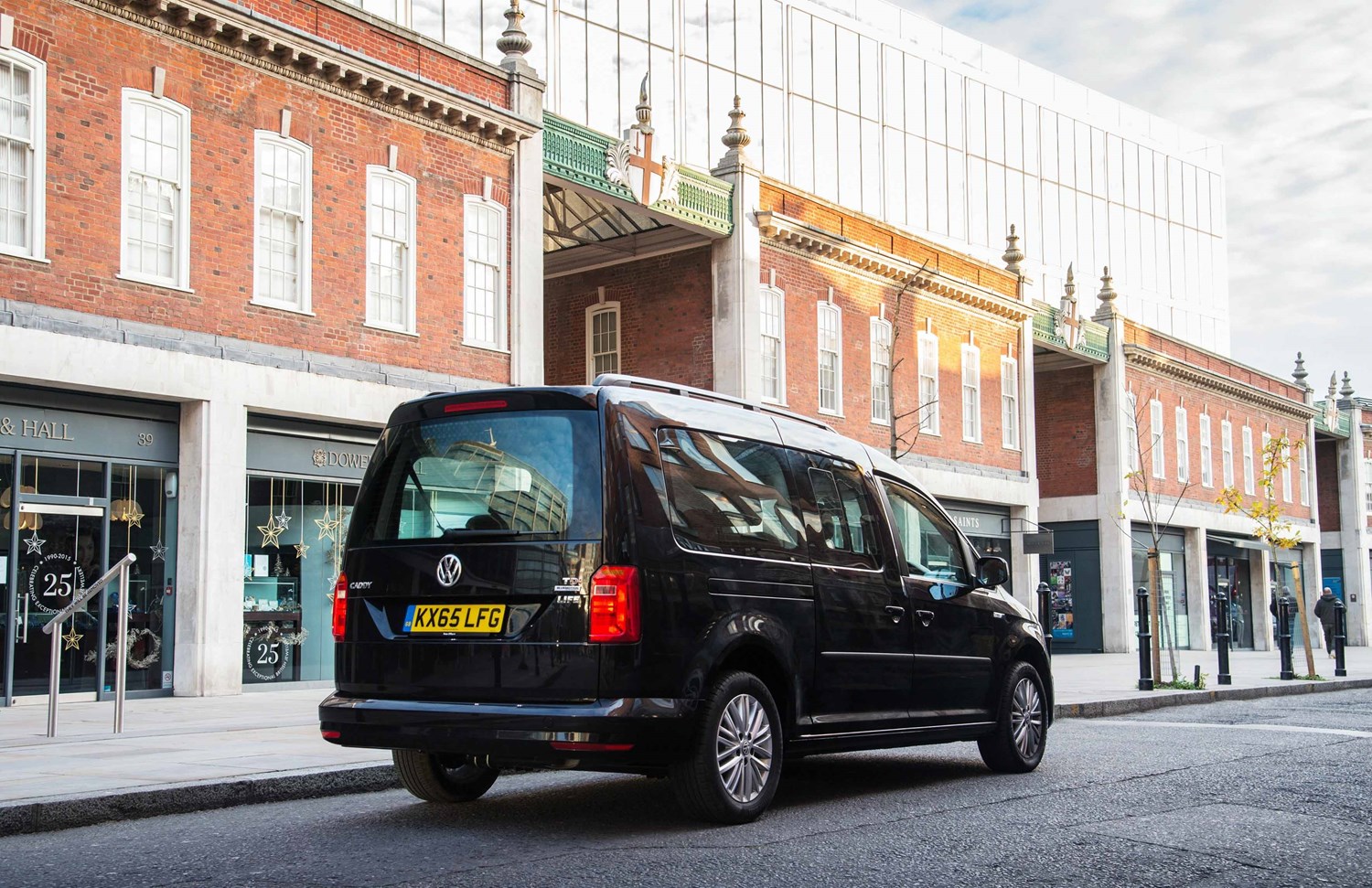Latest model
With a new Caddy due in 2021, the outgoing model is beginning to start feeling its age. It received its last major update in 2015. Volkswagen called this a new generation, but in reality, it was more of a facelift, which introduced a more modern front end design, as well as a comprehensive range of driver assistance technology, which was really quite impressive for the time – including autonomous emergency braking, park assist and adaptive cruise control, though these aren’t included as standard.
Efficiency was also enhanced through the introduction of a cleaner diesel engine. Like before, the regular Caddy Life is still sold alongside the more popular Caddy Maxi Life.
Value for money
Given the Caddy Life is starting to feel a bit long in the tooth, it’s quite pricey for what it is, with models available from £23,025 (including VAT). If you want the Maxi model, which is around 45cm longer and more spacious, it is quite a bit more expensive, though – costing from £26,011.
Standard equipment is quite generous – including a touchscreen, cruise control and autonomous emergency braking. But with no trim levels as such to choose from, you’re left to revert to traditional optional extras, which can prove pricey, given how many are available.
If you’re looking to save money, though, you should look at used examples. As the Caddy Life is a popular model to convert into a wheelchair accessible vehicle, values do remain quite high, especially for older examples. A 10-year-old model with around 200,000 miles on the clock could still cost £4,000. Expect to pay around £6,000 for something with a more reasonable 100,000 miles on it. If you fancy something nearly-new, we saw a one-year-old Maxi Life available for £17,000 – a saving of almost £10,000 off list price.
Looks and image
Van-based MPVs are never especially stylish and that’s true of the Caddy Life. Despite Volkswagen’s best efforts to improve the look of the model in 2015, it’s still quite a plain piece of design, though far from offensive. The stretched look of the Maxi model also makes it look a bit awkward next to the standard version.
That said, the interior is a more pleasant place to be, with a solid and more pleasant-feeling interior than you might expect, with a car-like interface on the dashboard. All versions feature a touchscreen and leather steering, too. Its van-based roots ultimately shine through, as it’s not particularly high-quality, but feels as if it’s built to last, which is important on a model such as this.
It’s decent to drive for a van as well, with a good choice of engines making it a good motorway cruiser and largely comfortable, though it can feel a touch bouncy on rougher bits of road – a sign of its van-based underpinnings.


